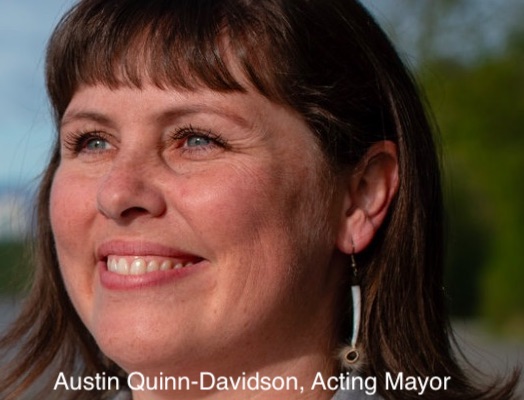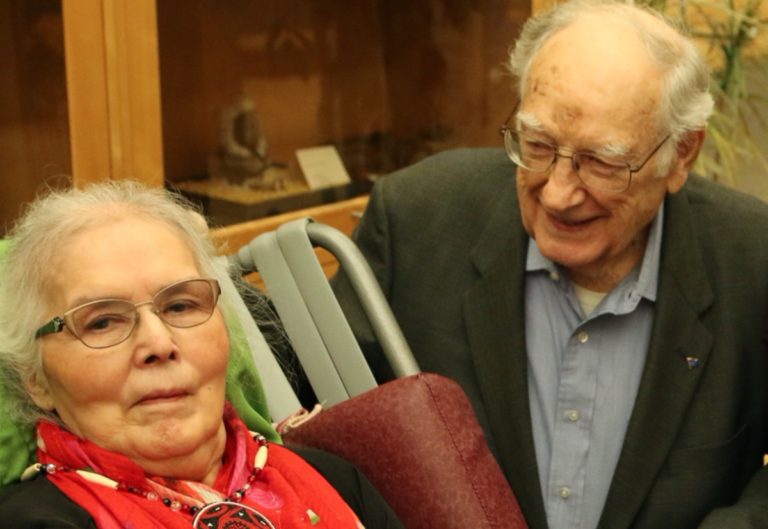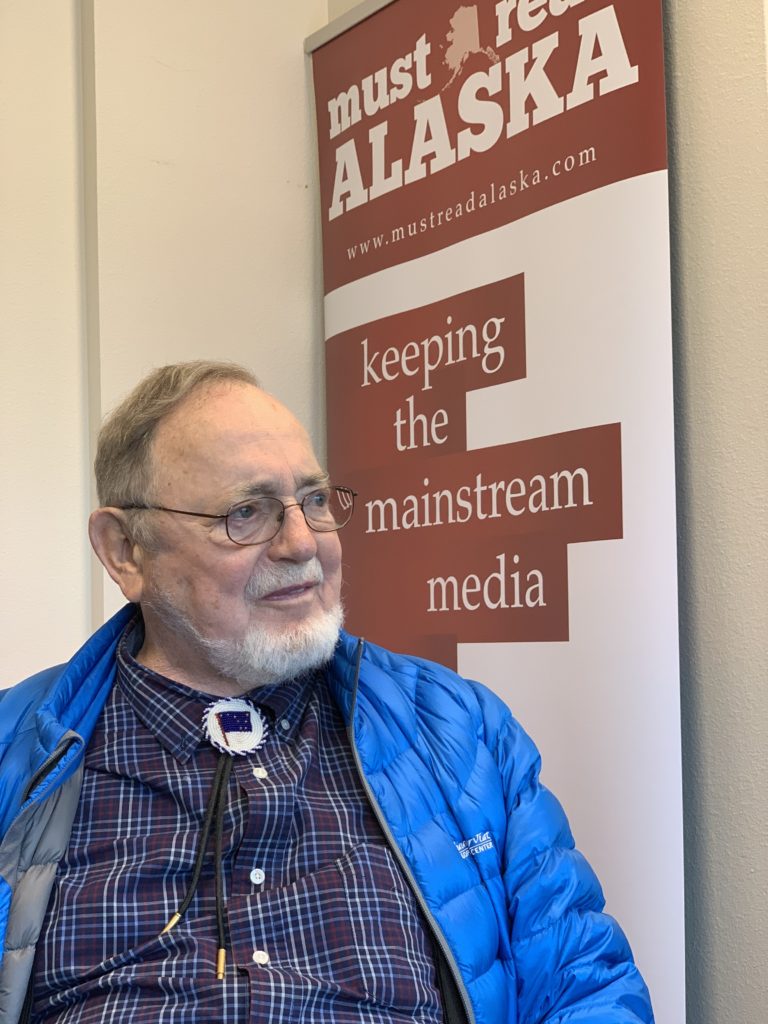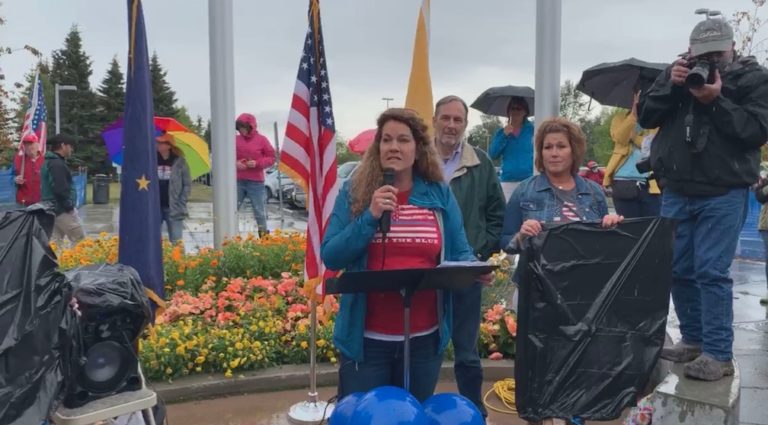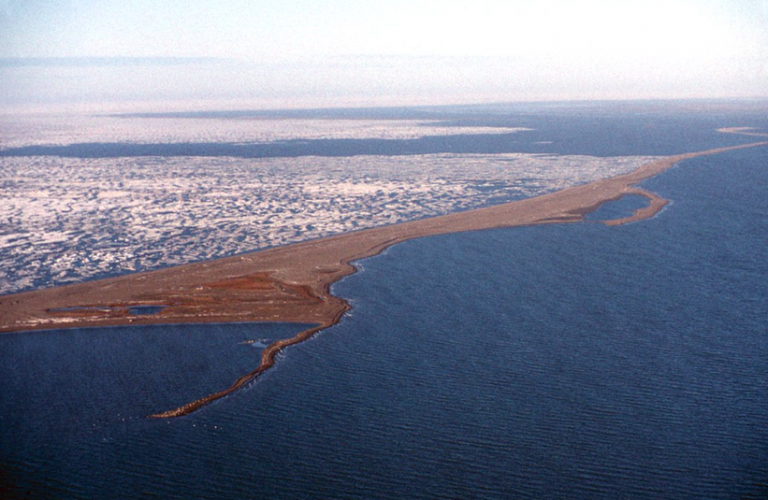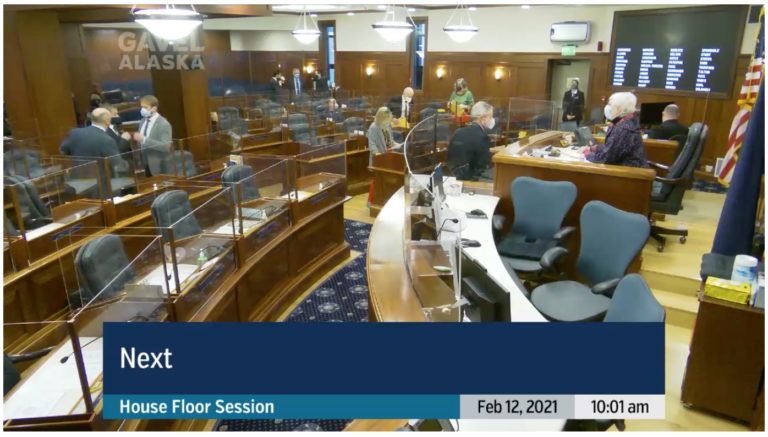JUDGE GRANTS EXPEDITED HEARING
An Anchorage judge heard on Thursday arguments about whether Acting Mayor Austin Quinn-Davidson can legally retain her District 3 Seat E West Anchorage seat, since it has been vacant since Oct. 23.
Dustin Darden filed for the unposted vacancy for the regular election scheduled to be held on April 6, 2021. Although he filed properly with the Municipal Clerk Barbara Jones, she sent him a “Notice of Deficiency” stating that she had not posted West Anchorage seat 3E as vacant. Darden requested a hearing as guaranteed under Title 28.30.040, 3.60, but was denied by Jones.
Title 28.30.050 says no person can hold more than one elected office of mayor, assembly, and school board. Darden’s case is that Austin Quinn-Davidson cannot hold both the mayoral seat and an assembly seat simultaneously, therefore Seat 3E must be vacant.
Darden and Nial Williams appealed to State of Alaska Superior Court and on Thursday was granted an expedited hearing. The appellants want Darden’s name to be placed on the ballot for the Regular Election and for the Municipality to reprint the ballots if necessary. They are asking that, if elected, Darden be sworn in immediately so the 3E district does not continue to be unrepresented.
Williams carried the argument, representing Darden and himself before the Judge Jennifer Henderson. The two have had to pay $1,000 in fees to the court in order to satisfy the filing fees associated with the case. The two have a GoFundMe site set up to help defray costs, such as notary fees, process servers, and court fees.
The Municipality had 60 days to hold an election after that 3E seat became vacant, and they knew it would continue to be vacant for many months. Documents relating to the roster for the Assembly dating back to Oct. 23 show that the Municipality understood it was an actual vacancy.
The Assembly’s refusal to hold a special election for mayor has created a snowball effect, now putting the municipality in a lawbreaking situation for allowing Quinn-Davidson to holding two seat. Under Title 14 that is grounds for a recall and grounds for a fine, said Williams, citing Section 28.30.050 under the prohibitions section, subsection F.
The time-crunch is the problem, with the Municipality mailing ballots on March 15. Darden and Williams wanted the decision to be made by March 1, so the taxpayers would not have to pay thousands of dollars to reprint the ballots.
The hearing is on March 10 at 10 am, in front of the same judge.
